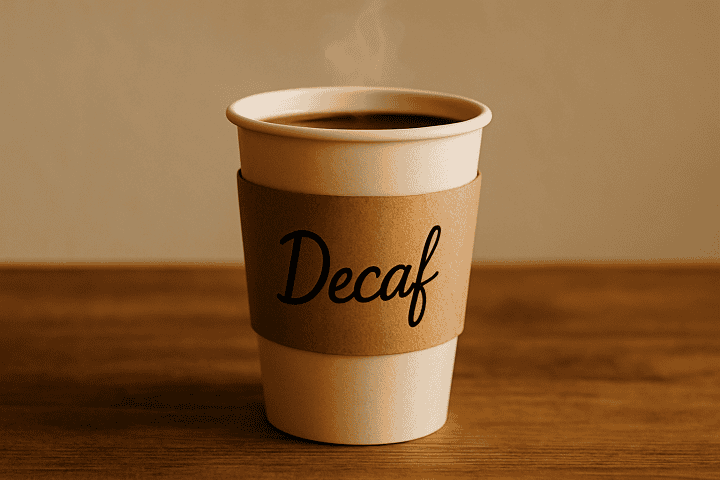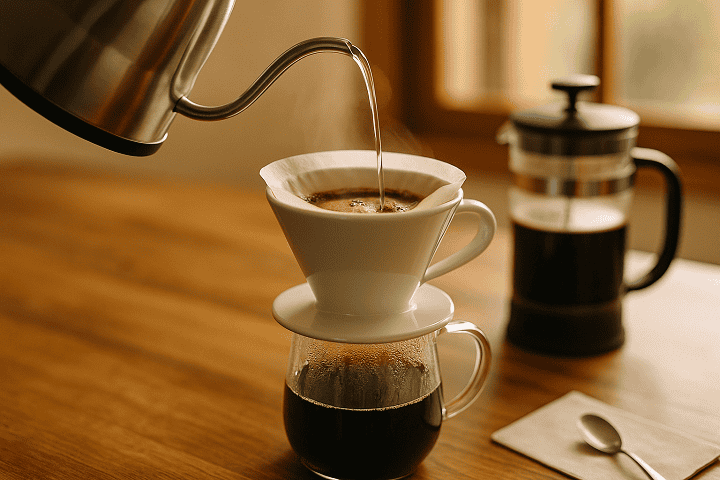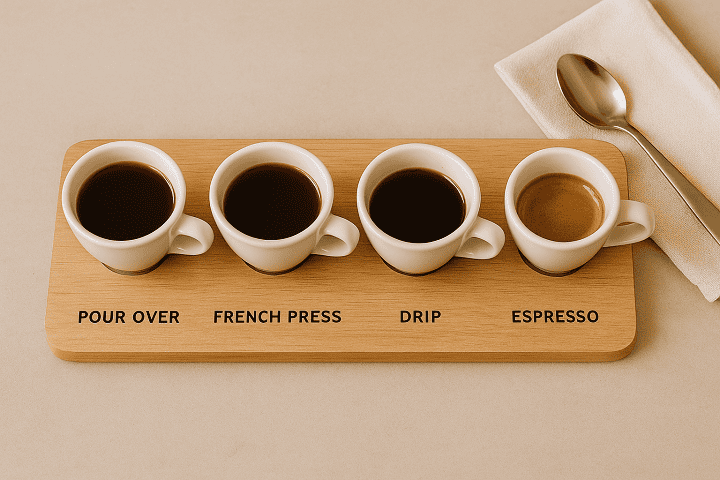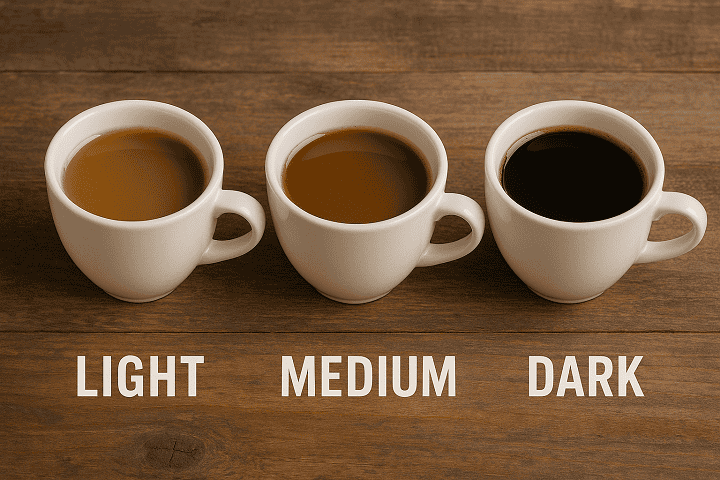Decaf coffee is a choice for people who want the taste of coffee without much caffeine. If you have ever wondered how coffee beans lose their caffeine, you are not alone. There are a few different ways to take caffeine out of coffee, and each one can change the taste and smell of the drink. This post will look at how decaf coffee is made, the steps used to remove caffeine, and how these steps change the drink. You will also see how much caffeine stays in decaf compared to regular coffee and how the process can change the taste and smell. If you are thinking about trying decaf or you are just curious about what goes into your cup, this post will help you understand more about what you are drinking.
How Decaf Coffee is Made
There are a few ways that caffeine can be taken out of coffee beans. Some methods use chemicals while others use water or carbon dioxide. The main goal is to remove most of the caffeine before the beans are roasted and ground.
Chemical methods often use solvents like methylene chloride or ethyl acetate. The beans are soaked so the caffeine can be pulled out by the chemicals, then they are rinsed to remove any leftover solvent. Non-chemical processes use water or pressurized carbon dioxide. The Swiss Water Process is one way where beans are soaked in water and a filter takes out the caffeine. The carbon dioxide process uses gas under pressure to pull caffeine from the beans.
No matter which method is used, the steps usually begin with steaming or soaking green coffee beans to open up their surface. The caffeine is then removed by the chosen process. Last, the beans are dried and ready to be roasted like any other coffee. These steps are done with care to keep as much of the original flavor as possible.
Caffeine Content in Decaf vs. Regular Coffee
Most decaf coffee still has some caffeine in it. The amount is much lower than what is found in regular coffee. A regular eight-ounce cup of coffee usually has about 80 to 100 milligrams of caffeine. The same size cup of decaf coffee has about 2 to 5 milligrams of caffeine. The exact numbers can change depending on the brand and how the coffee is made.
Several things can change how much caffeine ends up in your cup. The type of coffee bean, how long it is roasted, and the method used to remove caffeine all play a part. Some beans start out with more caffeine than others. The decaffeination process does not remove all the caffeine, so a small amount is left behind. How the coffee is brewed can also make a difference, since using more coffee grounds or longer brew times can lead to a stronger drink with more caffeine.
Taste and Quality Differences
Decaf coffee does not taste exactly the same as regular coffee. The process used to remove caffeine also removes some of the compounds that give coffee its flavor. This means decaf can taste a little flatter or less rich than regular coffee. Some people notice that decaf coffee is milder or more bland. The exact difference depends on the method used to take out the caffeine and the type of beans used.
The smell of decaf coffee can also be less strong than regular coffee. Some of the things that make coffee smell good are lost during the decaffeination process. The texture of decaf coffee can feel lighter or less full, but for most people, the difference is not very big. Many drinkers find that the taste and smell of decaf coffee are close enough to regular coffee, especially with added milk or sugar.
In Summary
Decaf coffee is made by taking out most of the caffeine from green coffee beans before they are roasted. Different methods, like using chemicals, water, or carbon dioxide, all work to pull out caffeine in their own way. Even though decaf coffee is not completely free of caffeine, it has much less than regular coffee. The process can change how the coffee tastes and smells, but many people still enjoy decaf as a way to drink coffee with less caffeine. If you are looking for a coffee with less kick or just want to try something new, decaf is an option to consider.



